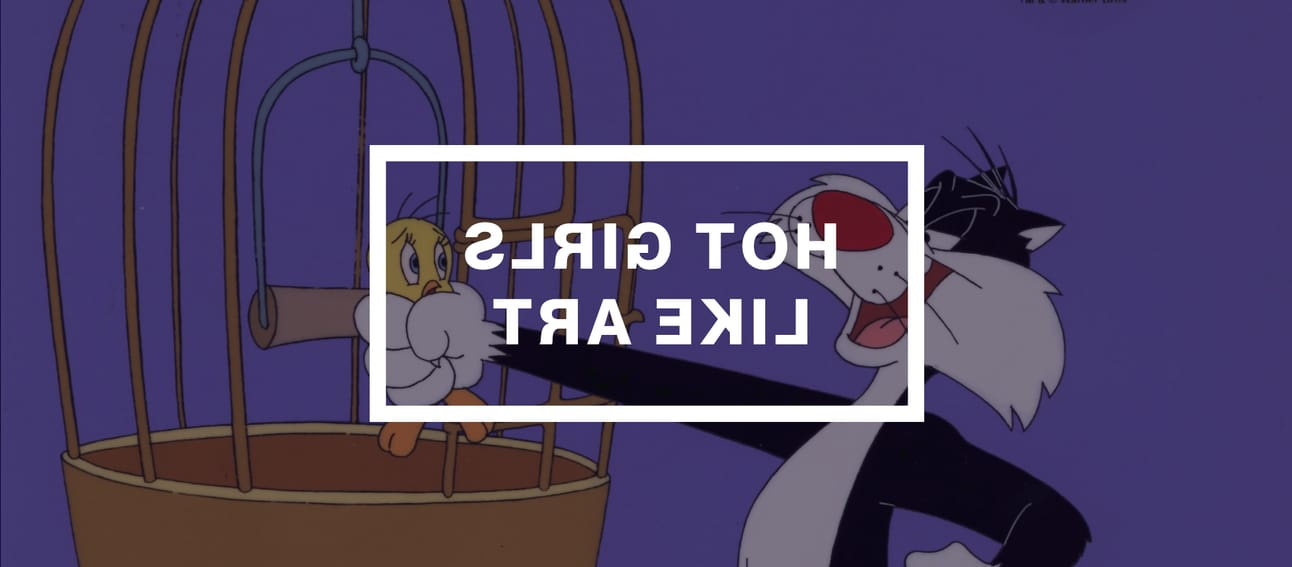A yellow bird trapped in a silver cage
Cages
Comfort is such a pretty prison.

It's strange to admit how often I find myself inside cages I never noticed being built.
They don't feel like traps at first.
They feel like care.
Like love.
Like comfort, even safety.
I rarely walk into them afraid.
I step in willingly.
That’s the trick.
The softest traps never look like traps at all.
This week, I noticed…
Keep reading with a 7-day free trial
Subscribe to Hot Girls Like Art to keep reading this post and get 7 days of free access to the full post archives.


